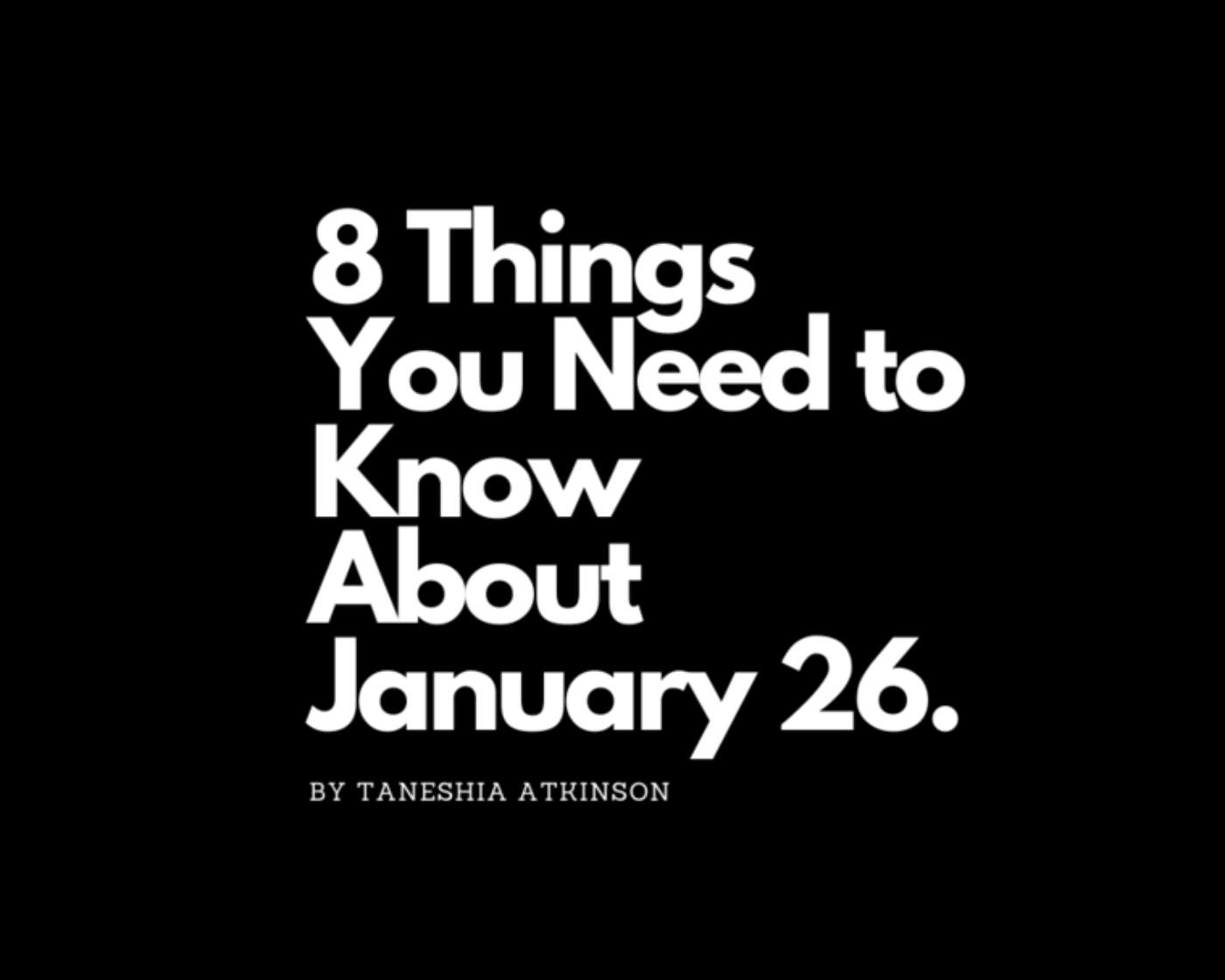
Written by Taneshia Atkinson for Clothing The Gap
Aboriginal and Torres Strait Islander people are advised the following article contains images of deceased persons.
Not the Date to Celebrate: 8 Things You Need to Know About January 26.
For as long as I can remember, January 26 has served as a day for the white masses to dust off their polyester Australian flags, show off their southern cross tattoos and marvel in joy as they watch their mates shovel as much beer and rum into them as humanely possible. Associated with these rituals are displays of fireworks across the country, green and gold zinc, an anthem declaring that we are young and free [sic] and patriots driving down the main street bellowing out ‘Aussie, Aussie, Aussie’. You also can’t forget the mass purchasing of Australian souvenirs from Coles bearing a Made in China sticker.
After curiously observing these rituals for most of my life, I’m convinced that these patriots aren’t aware of what they are truly celebrating and are just utilising the day as an opportunity to have a blowout on a national public holiday. Either that or they haven’t yet caught up on the ongoing impacts of colonial violence on Aboriginal and Torres Strait Islander people, and the devastating impact on the land of the lucky country that they are privileged to call home.
To me, January 26 is an annual placeholder that highlights the continued colonial violence towards centuries of mob, and the ignorance and lack of empathy present in Australia. The celebration of invasion and perpetuated colonialism makes me feel deep anger, sadness and disappointment however I’m constantly reminded of the strength and resilience of our mob.
1. Why January 26 is, well, significant.
Since 1994, January 26 has been dubiously celebrated in each state and territory as ‘Australia Day’, observing the day that Captain Arthur Phillip ‘founded’ the penal colony of New South Wales on already occupied Aboriginal land, by raising an oversize union jack at Sydney Cove in 1788. Phillip was tasked with finding a suitable location to relocate convicts that had been exiled from Britain and in doing so disturbed, invaded and occupied what we now know as Sydney.
This day marks the beginning of colonial violence, illegal occupation, dispossession of land and attempted genocide.
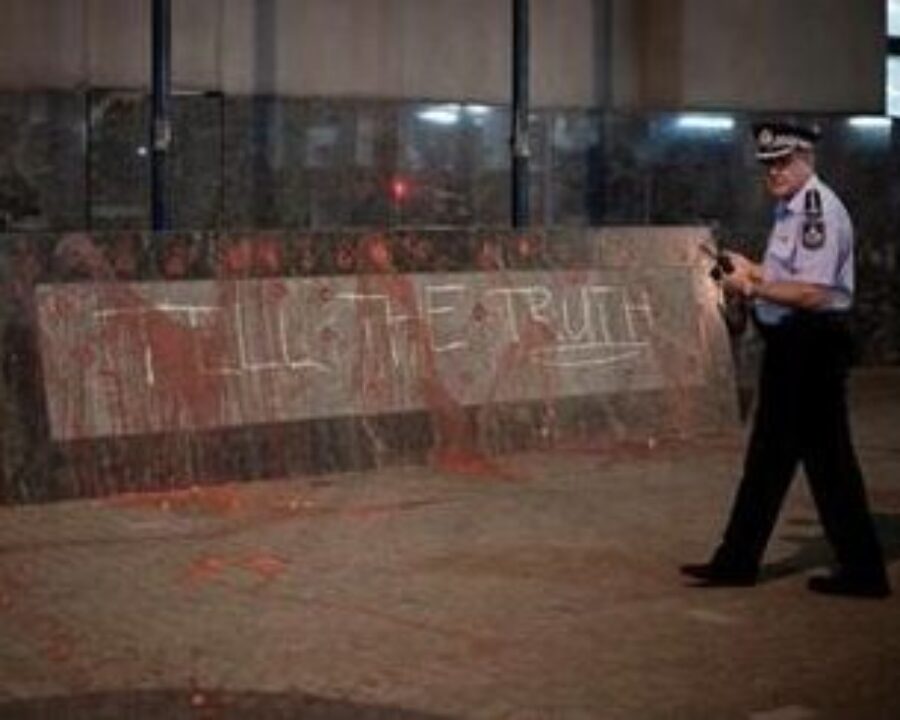
Above Image: Queensland Police Headquarters Brisbane, during Walk for Walker, 2019
Source: @shalxvx
2. Australia was not an undiscovered empty continent.
On 22 August, 1770, Captain James Cook landed at Kamay (Botany Bay) claiming the discovery of what we now know as Australia, implementing the doctrine of terra nullius which translates to ‘land belonging to no-one’. Cook however was soaked in salt water and contradiction, as a journal entry just one day before offers ‘In the p.m. we saw the smoke of fire in several places; a certain sign that the country is inhabited’. Based on this journal entry alone, Cook was well aware the land was occupied. Despite this, he continued his voyage and allowed news to reach across the seas that the ‘unknown southern land’ was a boundless place to share–uninhabited–and ready for occupation by the Commonwealth.
To affirm that Australia was discovered is to actively erase history and perpetuate terra nullius. Archaeological evidence ties Aboriginal people to the mainland of Australia over 65,000 years ago, but history books are laced with the false pretence of discovery to legitimise ongoing colonial invasion.
3. Massacres, dispossession and attempted genocide–British settlement was far from peaceful.
It is estimated that between 1778 and 1900, the population of Aboriginal people decreased by a devastating 90%. The convict loaded ships that arrived were also loaded with smallpox, influenza, measles, tuberculosis and sexually transmitted infections, all of which Aboriginal and Torres Strait Islander people had no resistance or immunity to.
Despite the sugar-coated narratives of a peaceful British settlement, Aboriginal and Torres Strait Islander people actively resisted the British from the moment they invaded this country. The resistance however was met with brutal and calculated massacres against Aboriginal and Torres Strait Islander people including children. We will never really know the number of Aboriginal and Torres Strait Islander people killed in these massacres, but research from the University of Newcastle has found there were at least 270 state-sanctioned frontier massacres over 140 years in an attempt to eradicate Aboriginal and Torres Strait Islander people.
4. Aboriginal and Torres Strait Islander people were not saved by settlers.
The first measure of colonialism is to assume political and legal domination over an alien [sic] society.
By 1911, every state and territory in Australia had introduced ‘protection’ policies which gave the government almost full control over the lives of Aboriginal and Torres Strait Islander people who were denied basic rights including the freedom of movement, where they could live, custody of their own children, the right to marry and the right to practice culture and speak language–to name a few. It is estimated that under the false guise of protection, as many as one in three Aboriginal and Torres Strait Islander children were stolen from their families and placed into institutions or with settler families where they were subject to many forms of abuse and cheap or slave labour.
In addition to these humanitarian crimes, Aboriginal and Torres Strait Islander people were subject to harsh policies of segregation and assimilation. Under the approach of the assumption of black inferiority and white superiority, the government attempted to assimilate Aboriginal and Torres Strait Islander people into settler society, believing that Aboriginal and Torres Strait Islander people would die out through natural selection, and that ‘half-castes [sic] could be converted to a white citizen’. ‘Protection’ and ‘assimilation’ were purely euphemisms for genocide.
Many of the children, grandchildren and great-grandchildren of these Aboriginal and Torres Strait Islander people are alive today, and we have inherited the intergenerational struggle, anger and memory of these events.
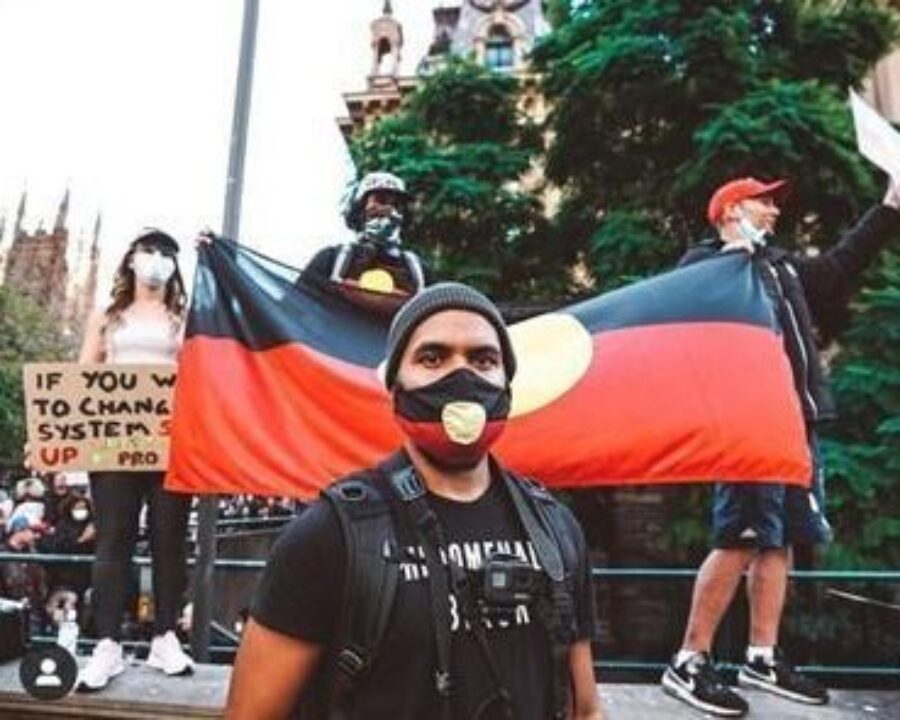
Above Image: Luke Richardson-Currie
Source: @balaluke
Shot by: Matthew Adekponya @adekponya
5. Australia Day has not always been celebrated on January 26.
Many Australian’s are fixated on the concept that the national day has been celebrated on January 26 since the union jack was first planted on Aboriginal land.
In actual fact, the first official national ‘Australia Day’ was observed on 30 July, 1915 to raise funds for World War I. It wasn’t until 1994 that all states and territories across Australia landed on the national holiday–just a mere 27 years ago.
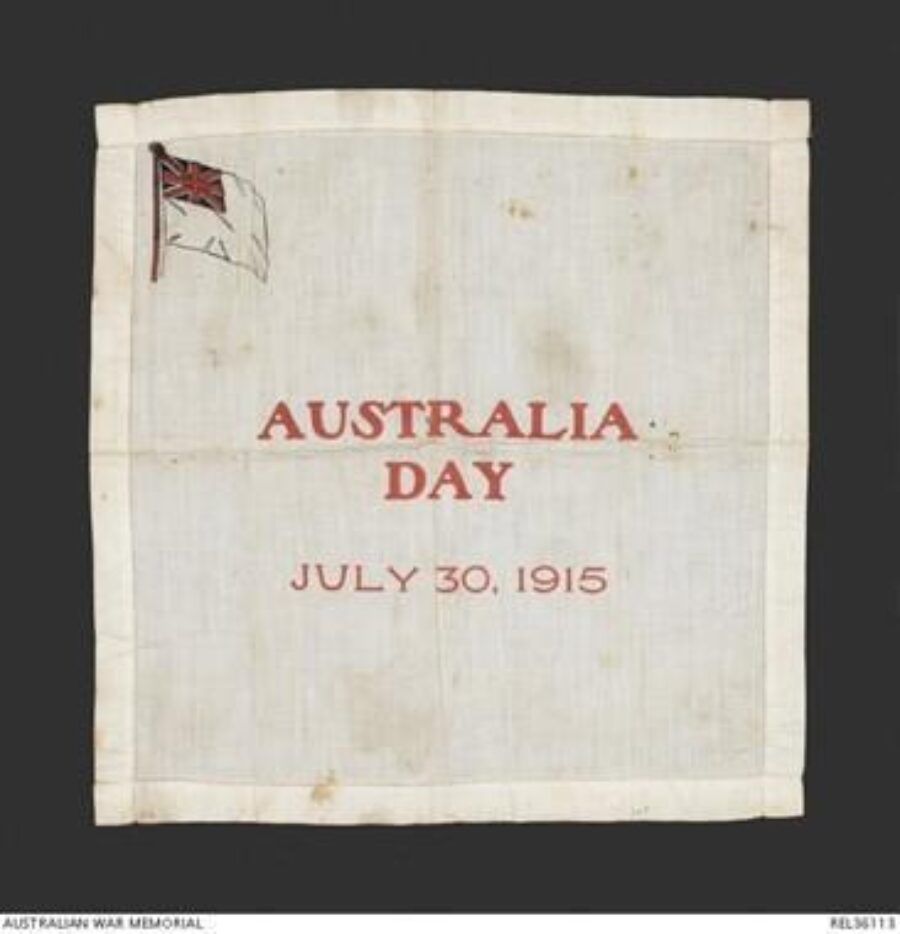
Above Image: ‘Australia Day’ handkerchief, 1915
Source: Australian War Memorial
6. Aboriginal people declared January 26 a Day of Mourning before it was ever celebrated as a national holiday.
As the country insensitively prepared to celebrate 150 years of ‘European settlement’ in 1938, a large group of Aboriginal people donned in black clothing as a sign of mourning, made protest against the mistreatment of Aboriginal people and against the ‘Whiteman’s seizure of [this] country’. The Day of Mourning was one the first major civil rights gatherings in the world.
‘The 26th of January, 1938, is not a day of rejoicing for Australia’s Aborigines; it is a day of mourning. This festival of 150 years’ so-called “progress” in Australia commemorates also 150 years of misery and degradation imposed upon the original native inhabitants by the white invaders of this country’– Uncle Jack Patten.
Led by the Aborigines Progression Association and the Aborigines Advancement League, the Day of Mourning succeeded in raising awareness about the conditions Aboriginal people were subject to, however pleas to boycott ‘Australia Day’ celebrations were blatantly ignored and continue to be ignored to this very day, 83 years on. And 83 years on, we continue fighting the fight our grandparents fought.
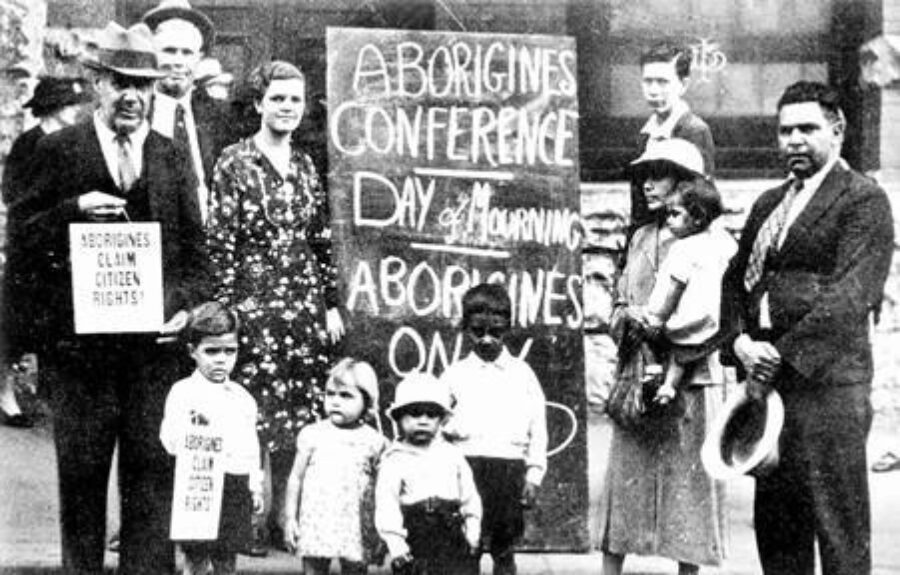
Image: Day of Mourning, 1938
Source: National Museum of Australia
Link: https://www.nma.gov.au/__data/assets/image/0005/548330/nma.img-ex20062176-015-wm-vs1-1400.JPG
7. ‘It happened 200 years ago, get over it’. Here’s why we can’t just get over it.
It is important to recognise that colonialism is an ongoing process and isn’t a thing of the past. Colonialism didn’t end 200 years ago. Colonialism is prevalent today and has its roots deeply planted in every part of our society. As Nayuka Gorrie wrote in their article in 2019, ‘[colonialism] manifests in black incarceration rates, child removal rates, assimilation in the form of education and entertainment’.
Colonialism has introduced and perpetuated a society that normalises the structural oppression of Aboriginal and Torres Strait Islander people, while centering and benefiting settlers. Not convinced?
All you have to do is take a look at the systems that fail us across all endeavours–in politics, education, employment, justice and health for example. These systems were not designed for Aboriginal and Torres Strat Islander people to succeed in.
Alarmingly, we are 16.5 times more likely to die in police custody and somehow this is not considered a national priority.
The state is continuing to remove our children from their families at a disproportionate rate.
Despite the admiration and appreciation Australia has for its war heroes, we have a national War Memorial that will not officially recognise the Frontier Wars.
Stolen Wages have still not been returned to the hundreds of Aboriginal and Torres Strait Islander people who had their wages stolen or who were subject to slavery–yes slavery happened in Australia too. Wage control is still happening today, as throughout some parts of this country, Aboriginal and Torres Strait Islander people do not have autonomy over their own income and have been forced to use cashless income management cards.
Aboriginal and Torres Strait Islander cultural heritage is still overseas in British museums.
Our government is failing to address climate change severely threatening the Torres Strait Islands.
We are defamed and labelled as sooks for calling out blatant and covert racism.
We are still fighting for land rights and land protection against a government that allowed a 46,000-year-old sacred site to be destroyed by one of the biggest mining companies in the world.
We are expected to sing a divisive national anthem that dismisses history, even with its symbolic ground-breaking word change.
And as a cherry on top, James Cook and Arthur Phillip are immortalised in Sydney and just last year their statues received round the clock tax-payer funded protection at the height of the Black Lives Matter movement because apparently #StatueLivesMater.
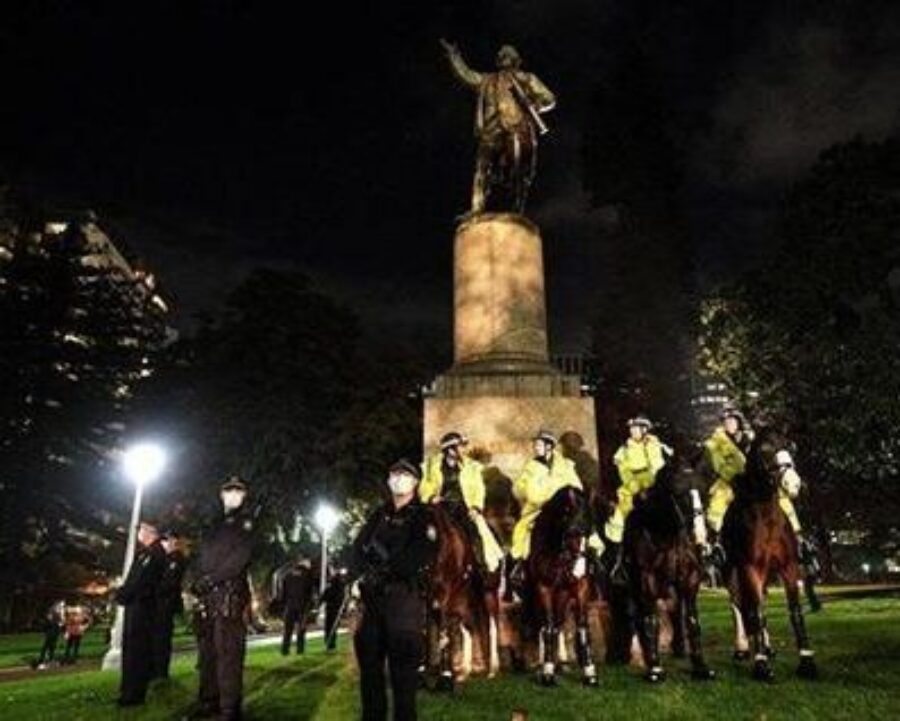
Above Image: Police officers standing guard around statue of James Cook in Sydney, 2020
Source: Saeed Khan/Getty Images
8. Let’s call Australia Day for what it is: a legacy of invasion and a day of survival
Despite the governments mistargeted intentions, and the nice words that dance across the Australia Day Council website–Australia Day is not a harmonious celebration for all. Australia Day does not foster truth-telling. Australia Day does not provide an appropriate reflection of history. Australia Day does not provide a day to gain a greater understanding of Aboriginal and Torres Strait Islander people. Australia Day does not celebrate diversity. Australia Day does not respect all people nor does it address the continued colonial violence. Our soil was stolen. Our land that abounds in natures gifts is constantly being fracked. Our people are dying young and at the hands of the people who are meant to protect us–yet we are expected to celebrate?
When our highest Aboriginal and Torres Strait Islander rates aren’t in suicide, prisons and child removal–then we may be a country worth celebrating. But until then, every day in this country is a day of survival.
As said in this brilliant opinion piece for NITV, let’s call Australia Day for what it is–a legacy of invasion and a ‘birthday for Anglo-Australia’. Anglo-Australia was born on the bodies of Aboriginal people.
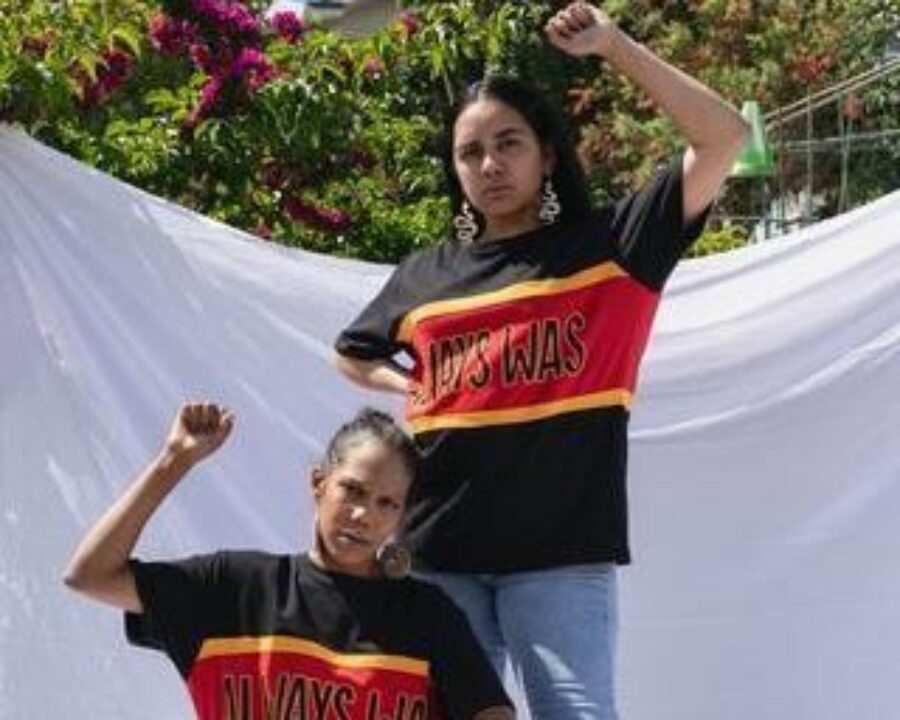
Image: Ruby Wharton and Djodamajeerah Moran
Source: Clothing the Gap
Shot by: Anthony Kalajzich


